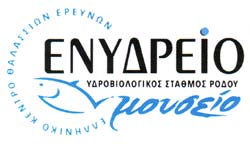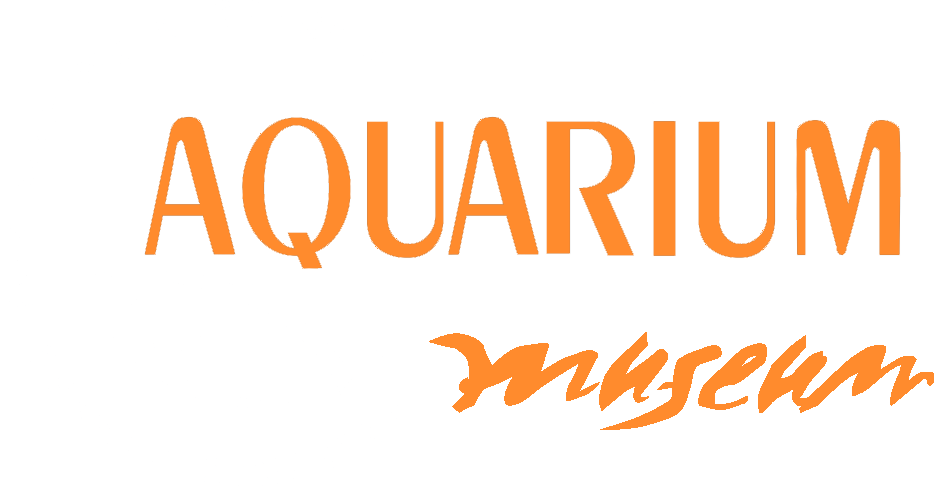QUESTIONS? CALL: +30 2241027308 - 78320

Hellenic Centre for Marine Research
Tel: +30 2241027308 - 78320 Fax: +30 22410 78321
Email: hsr@hcmr.gr
HYDROBIOLOGICAL STATION OF RHODES
Cos Street P.C. 851 31 Rhodes

